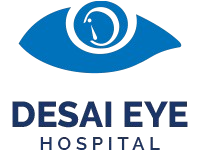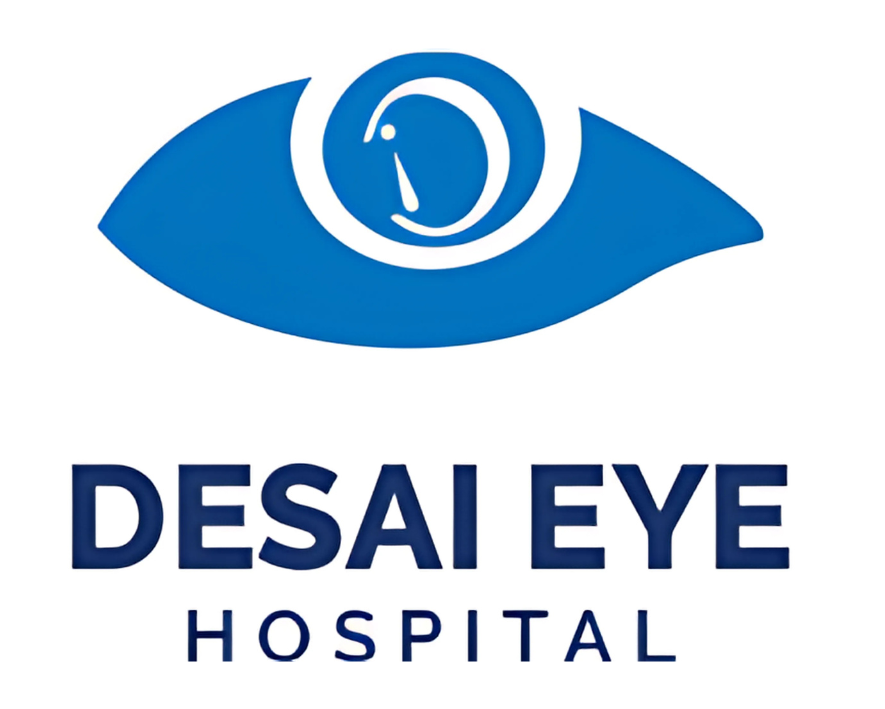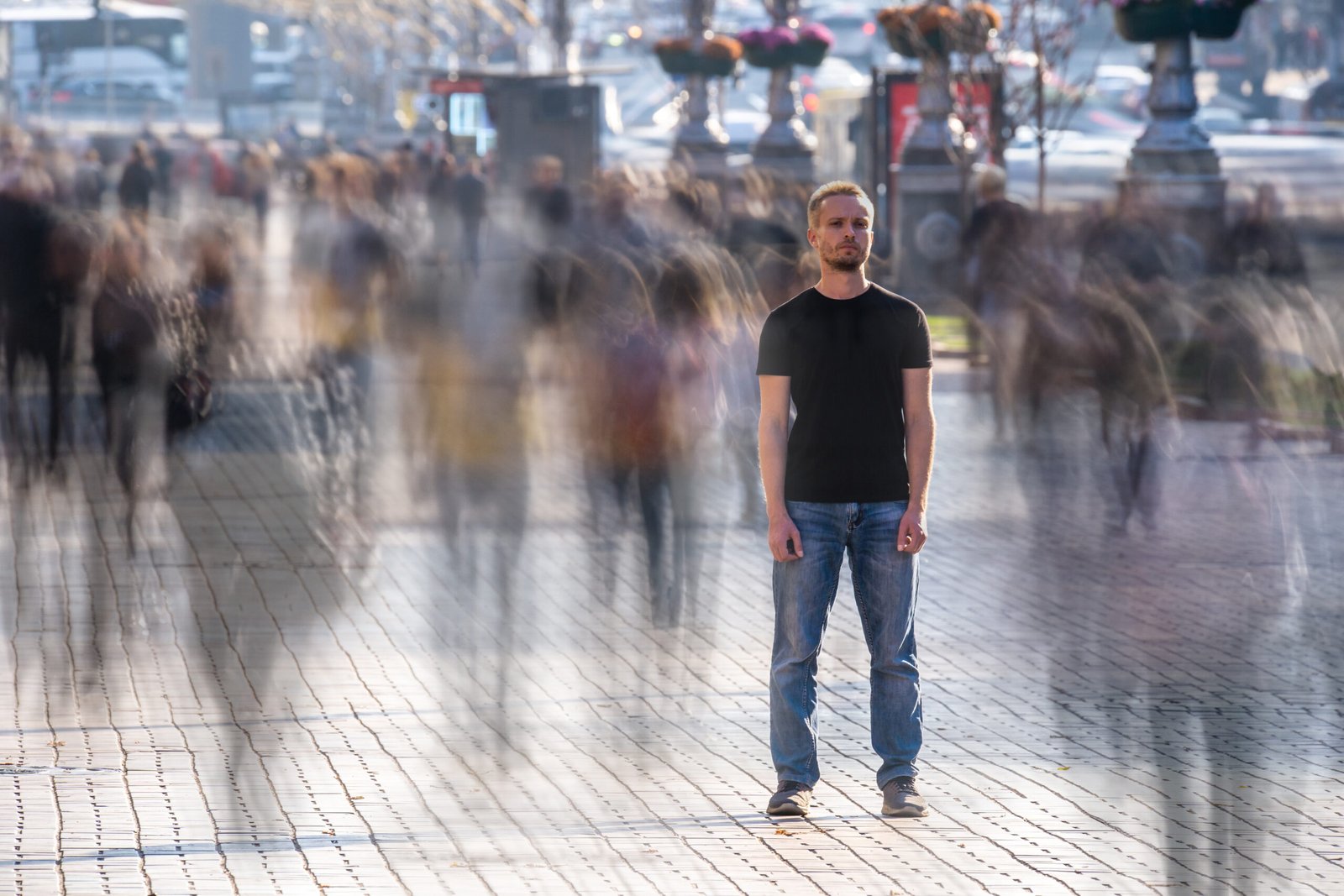The human eye is a remarkable feat of intricate design, but in rare cases, genetic or developmental factors can lead to structural differences. One such anomaly is coloboma, often called the ‘cat-eye’ condition due to its distinctive appearance. But what causes coloboma, and how does it affect vision? Let’s explore the science behind this rare eye condition and other uncommon ocular anomalies.
What Is Coloboma?
Coloboma is a congenital condition in which a portion of eye tissue fails to develop fully during fetal growth, leaving a gap or cleft in structures such as the iris, retina, choroid, or optic nerve. This results in a unique keyhole—or slit-shaped pupil, often compared to a cat’s eye. Depending on its severity and location, it can affect one or both eyes and may cause vision impairment.
What Causes Coloboma?
Coloboma results from the partial closure of the optic fissure in early pregnancy. While some cases arise spontaneously, others are linked to genetic mutations or syndromes like Cat Eye Syndrome (CES) or CHARGE Syndrome. Environmental factors such as maternal infections, vitamin deficiencies, or exposure to toxins may also contribute.
How Does Coloboma Affect Vision?
Vision impairment varies based on the affected structure:
- Iris Coloboma: Light sensitivity and difficulty adjusting to brightness.
- Retinal or Optic Nerve Coloboma: Blind spots, reduced depth perception, and difficulty with peripheral vision.
- Choroidal Coloboma: Can lead to retinal detachment or significant vision loss.
Some individuals experience ghost images, distorted patterns, or an enlarged blind spot, which can affect daily activities like driving and reading.
Are There Other Rare Eye Anomalies?
Beyond coloboma, other rare eye anomalies include:
- Microphthalmia: A condition where one or both eyes are abnormally small.
- Aniridia: A rare disorder where the iris is completely or partially absent, leading to severe light sensitivity.
- Polycoria: The presence of multiple pupils within one iris, which can impact focus and light perception.
Can Coloboma Be Treated?
While there is no cure, vision aids and protective measures help manage symptoms:
- Tinted Contact Lenses or Sunglasses: Reduce glare and improve contrast.
- Low-Vision Aids: Magnifiers and electronic glasses assist with reading and navigation.
- Surgical Options: In severe cases, reconstructive surgery may improve eye function and appearance.
Why Choose Desai Eye Hospital for Specialized Eye Care?
Desai Eye Hospital in Vadodara provides advanced diagnostic tools such as Optical Coherence Tomography (OCT), Fundus Photography, and Automated Perimetry to detect structural anomalies and assess vision health. Our expert team offers personalized treatment plans tailored to individual needs.
Experiencing Vision Issues? Get Expert Guidance Today!
Early detection is crucial if you or a loved one has unusual eye structures or vision difficulties. Book a comprehensive eye checkup at Desai Eye Hospital today!
Location: Desai Eye Hospital, 2nd Floor, Sakar East Complex, Next to Shilp Residency, Opposite Bansal Mall, Vadodara, Gujarat 390004
24/7 Support: 0265-2980298
Email: info@desaieyehospitals.com
Follow Us: Facebook| Instagram| Twitter (X)


